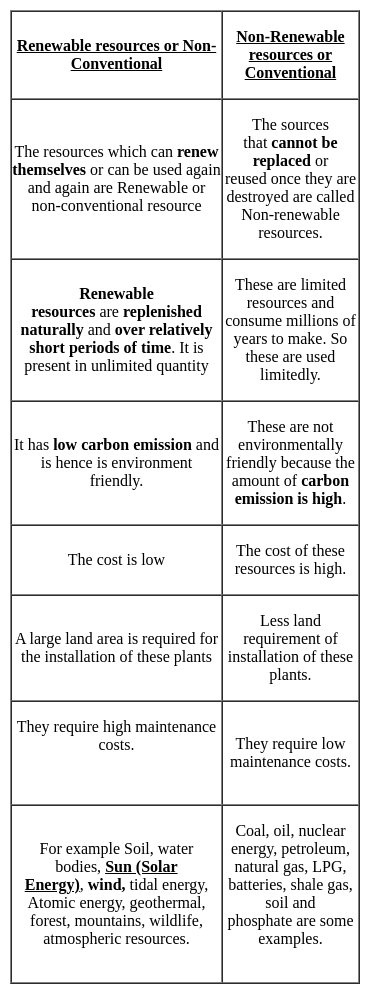UPSC CAPF Paper 1 Mock Test - 10 (General & Mental Ability) - CDS MCQ
30 Questions MCQ Test - UPSC CAPF Paper 1 Mock Test - 10 (General & Mental Ability)
Where was the 1931 session of Indian National Congress held?
Which of the following is not an instance of an exercise of a Fundamental Right?
When did Jawaharlal Nehru give his famous speech ‘Tryst with Destiny’?
The Indian Constitution prescribes Fundamental Rights in :
Which of the following freedoms is not available to an Indian citizen?
Consider the following:
1. Kulhs
2. Khadin
3. Johads
4. Madakas
5. Ahar
Which of the following are Rainwater Harvesting methods?
Solar energy, Geothermal energy, tidal energy are ________.
At what point does total utility starts diminishing?
Having insufficient income to provide a minimum standard of living is
Where was the 91st Interpol General Assembly held, emphasizing the denial of safe havens to crime?
What is Mamta G Sagar known for winning?
Which company has partnered with Adani Total Energies to set up EV charging infrastructure?
Recently, which country’s parliament has passed the Quad Bill to enhance cooperation?
The combining capacity of an element is called
A slinky can produce in laboratory :
How do many unicellular organisms typically remove metabolic wastes?
Study of internal structure of Earth is known as
A transverse wave consists of:
Which Vijayanagara ruler was decisively defeated by Firuz Bahmani and forced to pay a huge war indemnity as well as offer his daughter in marriage?
Which of the following best describes the primary focus of the Ayushman Bharat program?
Statement 1: Narendra Modi became the Prime Minister of India on May 26, 2014.
Statement 2: Modi's government focused on a development plan called "Sabka Saath, Sabka Vikas."
Which of the above statements is/are correct?
Which Prime Minister's tenure saw the controversial decision regarding president's rule in Uttar Pradesh?
Hyposecretion of thyroxine in children causes :-
Directions: Each of the following consists of a question and two statements numbered I and II given below it. You have to decide whether the data provided in the statements are sufficient to answer the question.
Six persons – A, B, C, D, E and F are sitting in a row facing north. Who sits to the immediate left of C?
Statement I: C is the neighbour of A and E, who sits on the extreme right end of the row.
Statement II: C is third to the right of F and second to the left of D.
Directions: Each of the following consists of a question and two statements numbered I and II given below it. You have to decide whether the data provided in the statements are sufficient to answer the question.
Among five persons – A, B, C, D and E each one of different weight, who is the heaviest?
Statement I: B is heavier than C and D but lighter than E, who is not the heaviest.
Statement II: E is heavier than B and C but lighter than A.

















